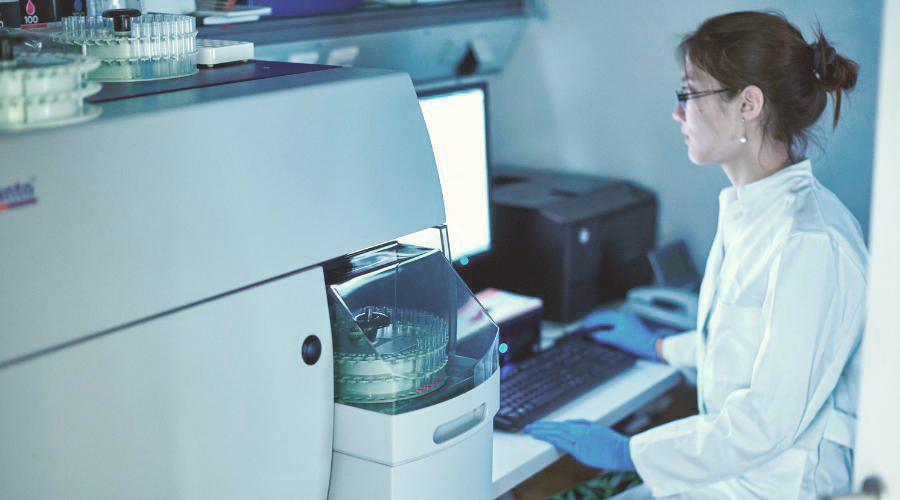
Modelling leukemogenesis with CRISPR-Cas9
We are happy to share that in a single day, two manuscripts have been published from the Research Group Pediatric Hematology and Oncology. Both have relied on leveraging the CRISPR-Cas9 system to address important biological questions in hematopoietic disease models, once again placing a spotlight on this versatile and highly effective genome editing technology. Congratulations to everyone involved in the discovery and communication of these findings.
The first manuscript, “CRISPR-Cas9-induced t(11;19)/MLL-ENL translocations initiate leukemia in human hematopoietic progenitor cells in vivo“, is Max-Eder Group Leader Dr. rer. nat. Dirk Heckl’s first last-author publication. Chromosomal translocations that generate oncogenic fusion proteins are causative for most pediatric leukemias. Using an advanced lentiviral CRISPR-Cas9 delivery system, the authors generated bona fide MLL-ENL translocations in hematopoietic stem and progenitor cells – accounting for key biological features, such as reciprocal translocation and loss of both wild-type alleles, which were invariably neglected by previous studies. Despite conferring only a transient growth advantage in vitro, MLL-ENL served as a first hit to initiate a monocytic leukemia-like disease in vivo, developing into an acute lymphoblastic leukemia in a portion of secondary transplant recipients. These findings indicate that environmental cues contribute to the disease phenotype as well as to MLL-ENL-mediated oncogenic transformation itself, and emphasize the importance of such cues for the pathogenesis and treatment of pediatric leukemias.